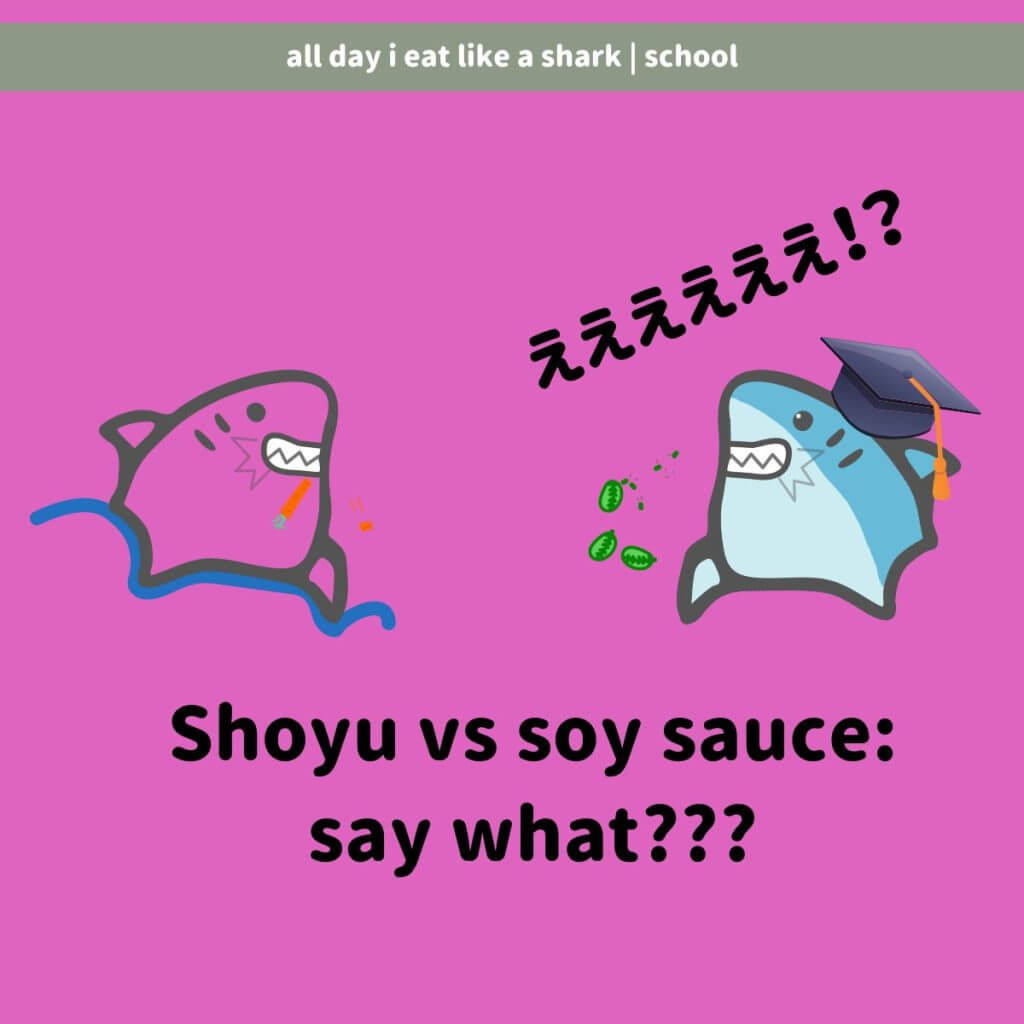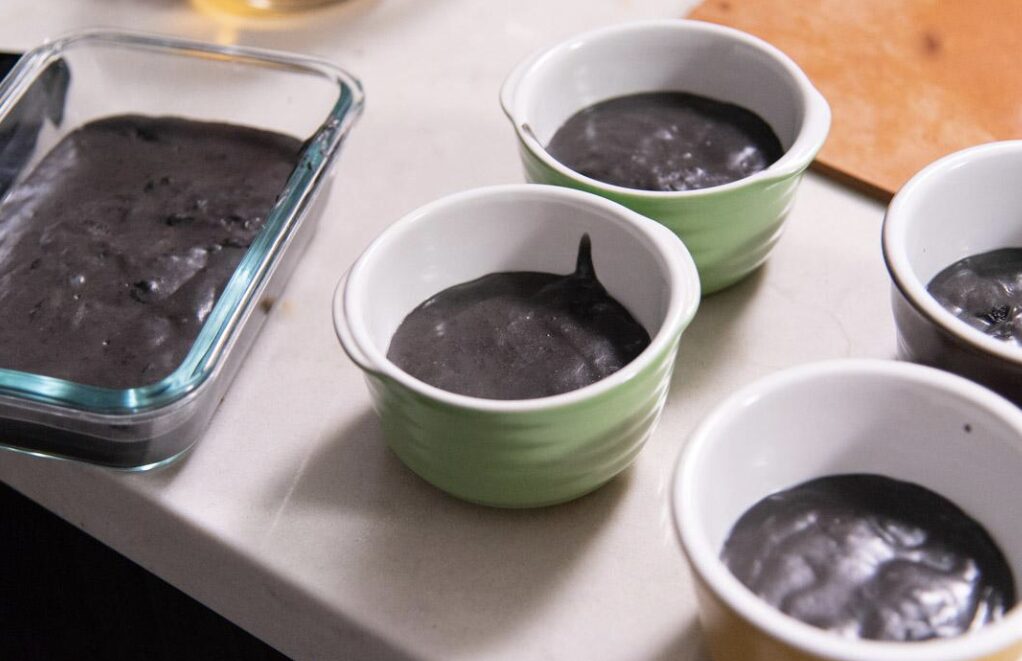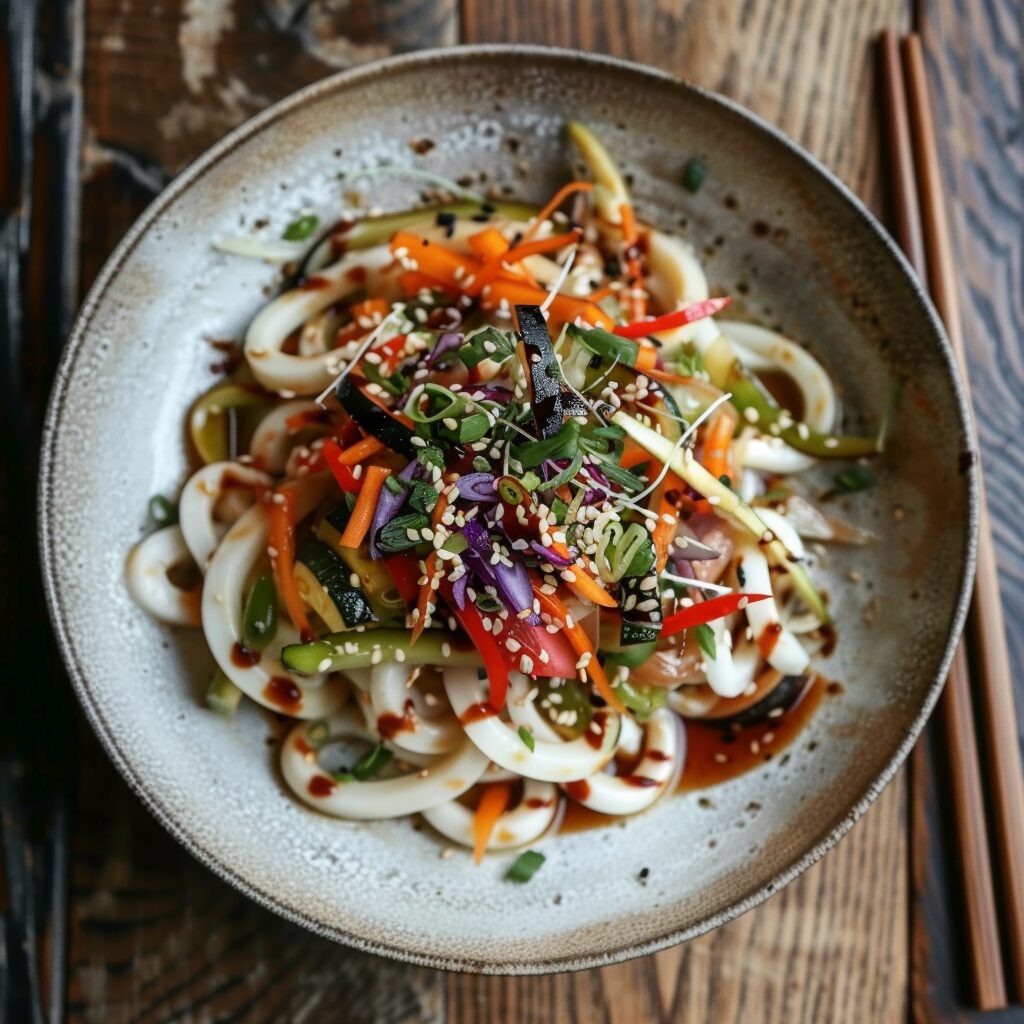Wondering what’s the difference between Shoyu and Soy sauce? Let’s get into this together and find out.
In this article, we’ll take a closer look at Shoyu vs Soy sauce, their origins, production methods, flavor profiles, and how to use them in cooking. Whether you’re a seasoned Japanese food enthusiast or a curious beginner, read on to discover everything you need to know about these essential umami-rich sauces.
Shoyu vs Soy Sauce: What’s the Difference
Shoyu and soy sauce are both popular condiments used in Asian cuisine, but they differ in flavor and usage. Shoyu has a sweeter and more complex taste due to its longer fermentation process, making it ideal for dipping sauces, sushi, and as a base for other condiments like teriyaki. Soy sauce, on the other hand, has a saltier taste and is more commonly used in cooking, such as in marinades, stir-fries, and as a seasoning for your dish like fried rice. Ultimately, the choice between shoyu and soy sauce depends on personal preference and the dish you’re preparing.

The History of Shoyu
In Japan, in the 7th century AD, soy sauce was first brought over by Chinese Buddhist monks, who used it as a seasoning for their meals.
At first, the soy sauce was made similarly to Chinese soy sauce, but over time, the Japanese began to develop their unique brewing techniques.
During the Edo period (1603-1868), soy sauce production became more widespread in Japan and the brewing techniques were further refined. In the 19th century, the first soy sauce factories were established, which greatly increased the production and availability of the sauce.
During the 20th century, soy sauce became integral to Japanese cuisine and culture. Today, Japan is one of the largest producers of soy sauce in the world, with tons of different type of brands and varieties available. Japanese soy sauce is known for its rich, complex flavor and is used in various dishes, including sushi, ramen, and tempura along with other ingredients.

How is Shoyu Made?
Japanese soy sauce is traditionally made with soybeans, wheat, and salt.
In Japan, the traditional method and ingredients for making shoyu involves fermenting soybeans and wheat for several months in large vats, then pressing the liquid out of the solids to create the soy sauce.
The liquid is then aged for several more months to develop its flavor and color.
Some soy sauce in Japan can also be made through different type of chemical processes. For example, through the use of soy bean pulp, which have had the oils removed for other purposes.
But many are still made through the traditional brewing process with whole soy beans.
Want to learn more?
Watch this video next.
5 things you should know about soy sauce (watch all the way through…)
7 Shoyu Recommendations For Japanese Cooking:


My dad is partial to Kikkoman.
He says whenever soy sauce comes up, I should always buy Kikkoman Shoyu.
Well, I do. (and I included one for him)
and you know me.
I really enjoy trying different things every now and then.
(as you can see, all the varieties I bought from one of my trips.)
If you’re just getting started or want a little bit of the true authentic flavors of Japan in your Japanese dish, these 5 are without fail some of the easiest to find.
- Yamasa marudaizu yuuki (organic whole soy bean shoyu)
 This is your everyday multipurpose soy sauce, also known as koikuchi shoyu. If you watched the video above, you’ll know this hits two of the points I suggested (marudaizu – whole soy bean) and yuuki (organic.) Two things that tell you right away the shoyu is a good quality product.
This is your everyday multipurpose soy sauce, also known as koikuchi shoyu. If you watched the video above, you’ll know this hits two of the points I suggested (marudaizu – whole soy bean) and yuuki (organic.) Two things that tell you right away the shoyu is a good quality product. - Yamasa Usukuchi shoyu (light flavor soy sauce)
 Usukuchi shoyu is higher in sodium than regular shoyu, but lighter in color and flavor. The benefits of usukuchi shoyu are that: it will allow the natural flavors of food and color of the food to shine through. That’s what Japanese cuisine is famous for, Kyoto cuisine especially . Usukuchi shoyu is is most often used in kyoryouri (Kyoto style cooking.)
Usukuchi shoyu is higher in sodium than regular shoyu, but lighter in color and flavor. The benefits of usukuchi shoyu are that: it will allow the natural flavors of food and color of the food to shine through. That’s what Japanese cuisine is famous for, Kyoto cuisine especially . Usukuchi shoyu is is most often used in kyoryouri (Kyoto style cooking.) - Yamasa Genen shoyu (low sodium soy sauce)
 If you’re trying to moderate your sodium intake, consider this. Low sodium shoyu is what I use most often in my cooking. why? so i dont get hypertension (high blood pressrue) from eating so much salt all the time!
If you’re trying to moderate your sodium intake, consider this. Low sodium shoyu is what I use most often in my cooking. why? so i dont get hypertension (high blood pressrue) from eating so much salt all the time! - Kikkoman Saishikomi shoyu (Twice brewed soy sauce)
 Saishikomi means twice brewed in Japanese. This makes for more mellow flavor that pairs well with sashimi and sushi, try this if you want something less up front. Hard to describe, but as soon as you try it you’ll understand. And while it looks like its a bottle, it actually is a squeeze bottle with a bag inside. ;p
Saishikomi means twice brewed in Japanese. This makes for more mellow flavor that pairs well with sashimi and sushi, try this if you want something less up front. Hard to describe, but as soon as you try it you’ll understand. And while it looks like its a bottle, it actually is a squeeze bottle with a bag inside. ;p - Asamurasaki Kakijouyu (soy sauce with oyster)
 This kakijouyu (shoyu) is made with oysters has a special flavor and reminds me of my relatives who always gave us some as omiyage (gifts) when we visited. My moms side is from Hiroshima / Iwakuni and this region is famous for oysters. And of course, they add it to soy sauce to make an amazing variation that will easily make regular appearances on your kitchen table. It’s slightly sweet and more complex with added depth of flavor.
This kakijouyu (shoyu) is made with oysters has a special flavor and reminds me of my relatives who always gave us some as omiyage (gifts) when we visited. My moms side is from Hiroshima / Iwakuni and this region is famous for oysters. And of course, they add it to soy sauce to make an amazing variation that will easily make regular appearances on your kitchen table. It’s slightly sweet and more complex with added depth of flavor. - Yamasa Tamari (‘dark’ soy sauce)
 Tamari is the liquid that pools during miso production. It’s rich, dark, and complex in flavor. Unique and delicious in it’s own way, it’s made from 100% soy beans and excellent choice for gluten free. (other soy sauces can be gluten free as well) so if that’s been keeping you from trying japanese cuisine, here’s your way in!
Tamari is the liquid that pools during miso production. It’s rich, dark, and complex in flavor. Unique and delicious in it’s own way, it’s made from 100% soy beans and excellent choice for gluten free. (other soy sauces can be gluten free as well) so if that’s been keeping you from trying japanese cuisine, here’s your way in! - Truffle shoyu (with truffles)

My wife knows I love truffle and she got this for me for Christmas one year. I was definitely skeptical, but pleasantly surprised. The truffle flavor is just right and it actually goes with many different foods where you want a little bit of savory truffle flavor with a hint of soy sauce. Note: there are two versions: one white and one black truffle
Ready to cook with it yet?

Shoyu Demystified
Is shoyu the same as soy sauce?
Yes, the Japanese word for soy sauce is shoyu!
Is shoyu saltier than soy sauce?
No, they’re one and the same!
Is Kikkoman soy sauce shoyu?
My dad would say yes! Kikkoman=shoyu
What does shoyu taste like?
It’s rich, complex, salty and packed with umami and flavor.
PSA : please make sure the ‘soy sauce’ you’re using is the real thing. (how do you know if it’s the real thing? if you skipped the video above, look for these 4 ingredients: soy beans, wheat, water, salt)
why?
because.
there’s ’fake’ soy sauce out there and I’d highly recommend not using it!
What’s a good substitute for shoyu?
if you want your food to taste like it does in Japan, substitute at your own risk.
that said, express your creativity to your hearts desire 😡
What’s the difference between shoyu and tamari?
Tamari is a type of soy sauce that is made without wheat. It is typically made with soybeans, salt, and a fermentation culture. Some tamari is made using only soybeans, which results in a thicker, richer, and less salty sauce than traditional soy sauce. Tamari is often considered a higher quality soy sauce and is used in many Japanese cuisines. It’s also a popular gluten-free alternative to traditional soy sauce, making it a good option for people with gluten sensitivities or allergies.



Konnichiwa! (Hello!) I'm Pat Tokuyama, a Japanese tofu cookbook author, who travels for music, food, and adventure. If you like Japanese tea, checkout some of the newestorganic japanese tea, matcha bowls and noren and more!
** Curious about the Plant Based Japanese Cooking Club? ** Learn more here!
What’s the difference between shoyu and ponzu?
Ponzu is a citrus-based sauce that is made by mixing citrus juice (usually yuzu or sudachi) with soy sauce, dashi, and mirin. It has a light and tangy flavor and is often used as a dip or marinade. Ponzu sauce is usually served as a dipping sauce or dressing. It’s excellent with dishes such as sashimi, grilled meats, and vegetables. Ponzu is light yellow to orange in color and has a tangy salty taste. It’s extremely easy to make at home and tastes way better than anything store bought.
Now that you know in Japan, shoyu is the same as soy sauce…
What will you do next?
Want to test your knowledge in this quick shoyu quiz?
if not, consider these ideas for using shoyu or start with some of the recipes below or those in my cookbooks!
- Mentsuyu (japanese noodle soup base)
- Shoyukoji (shoyu fermented rice)
- Kabayaki with tofu (eel sauce, kinda ;p )
Let me know with an arigatou in a comment below if you found this helpful.







 Usukuchi shoyu
Usukuchi shoyu









I love how the article highlights the umami factor in shoyu and soy sauce. Umami adds a unique depth of flavor to dishes, and it’s intriguing to learn about the role it plays in Japanese cuisine. Have you ever tried incorporating shoyu or soy sauce into non-Japanese dishes to enhance the umami taste? I’d be curious to hear about any successful experiments.
David – i use shoyu all the time on many different non-japanese foods. simple way to boost umami and the flavor without salt or MSG. how about you?
Can you recommend a good quality Japanese fish sauce?
hey Chad, i use 3 crabs brand fish sauce. curious what recipe did you want fish sauce for?